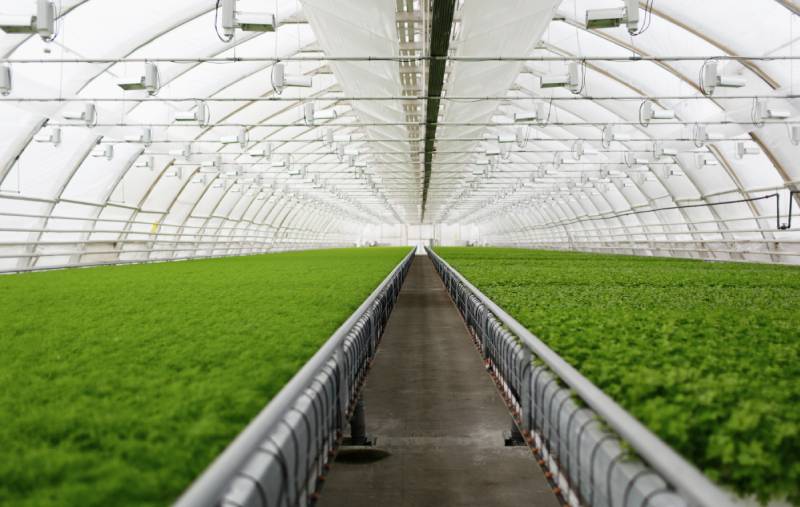Application of IOT in sustainability – Towards a greener planet
Application of IoT in sustainability – Towards a greener planet
18th April 2022

IOT devices are becoming a crucial part of the discussion around the energy sector and environmental sustainability. We can assess the potential of how organizations and individuals can minimize effects of human intervention in many areas.
However, by embracing the potential of electronics apart from the core use of renewable technologies, like solar and wind — organizations can still create more impact via the use of IOT devices and data analysis
When IOT devices are installed at residential and commercial buildings, it paves an opportunity to the organizations and individuals to keep an eye on their energy use and make changes to reduce their energy demand.
However, as we are all are aware, the commercial, residential, and industrial buildings profoundly have a larger effect on the environment and the total cost of energy consumption.
How can IoT sensors in the built environment contribute to sustainability
By installing IoT throughout a building, organizations can individually monitor major devices, such as machinery, HVAC systems or lighting systems. Once enough data is collected over time, AI algorithms can analyze the IoT data and thereby develop historic trends. These historic trends can further be studied to analyse the choice of materials to be replaced in totally or apply tech to manage it better.
2 types of IoT sensors particular monitor and respond to changing needs of building occupants:
Smart thermostats
IoT smart thermostats are an effective means of reducing heating and cooling costs. Many modern IoT smart thermostats have greater functionality for better temperature control, which can lead to even greater energy savings. IoT sensors can learn through data how to adjust the temperature based on habits and according to occupancy. Monthly energy reports can show trends of use for greater visibility and understanding of patterns. Reports can offer insight for more granular control of vents and temperature zones.
Smart lighting systems
Energy Management using IOT – its advantages
Pair a system for energy management with IoT data and machine learning algorithms. This will enable you to arrive at a tool that predicts energy consumption in the future. These insights allow energy companies to build a data-driven strategy for energy production and help utilities improve their demand-based pricing models. As a result, key stakeholders in the supply chain work out an effective strategy for energy conservation using IoT data and machine intelligence build a data-driven strategy for energy production and help utilities improve their demand-based pricing models.
Another good reason to use predictive algorithms is to identify possible issues in operations even before they happen and take preventive actions instead of dealing with real damage. Energy providers, for example, can use insights on energy consumption trends to foresee load spikes and introduce incentives to balance demand and prevent overloads.
Smart analytical systems are widely used to minimize damage and resolve issues. Using sensor data, for instance, operators can locate the problem, find out how severe the damage is and create an effective repair plan.
Using energy monitoring sensors, performance and power consumption data, utilities, for instance, better understand how to maximize the use of renewables in their services and adopt energy conservation strategies.
While the electronics field is continuing to make strides in power consumption, the intensifying capabilities of IoT devices and amplified interest in AI processing at the edge will make power a priority for the foreseeable future. Ambient energy harvesting can be an influential tool for devices attached to moving machinery or those with regular sun and almost all deployments can benefit from low power consumption conventions. Many of these solutions can be applied and utilized after an IoT device is in the field so it is never too late to start saving energy.
RECOMMENDED

Welcome to the captivating realm of symbiotic farms, where nature's harmony and sustainable practices intertwine....

In India's pursuit of a greener future, the Indian Green Building Council (IGBC) has established rigorous standards for sustainable buildings. ...

Chennai, a vibrant coastal city in India, has been grappling with recurring flood events during cyclonic storms. ...